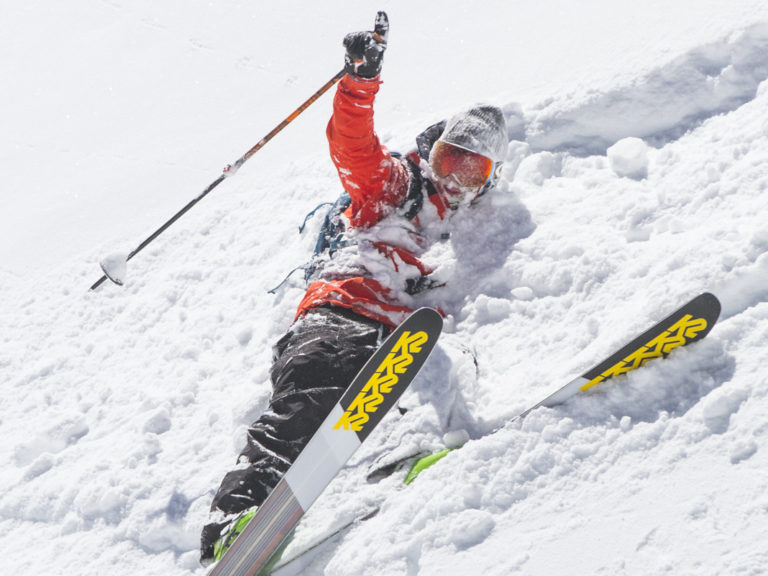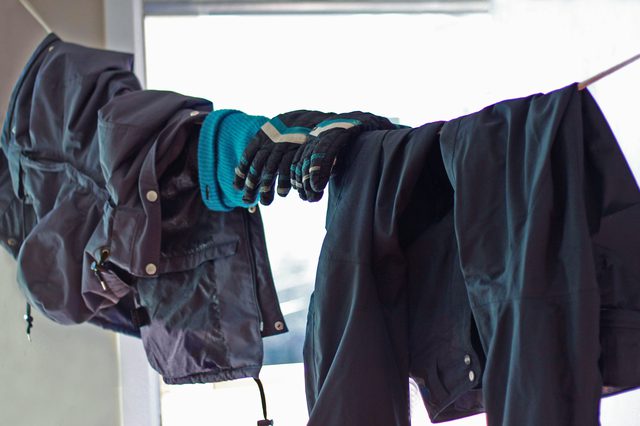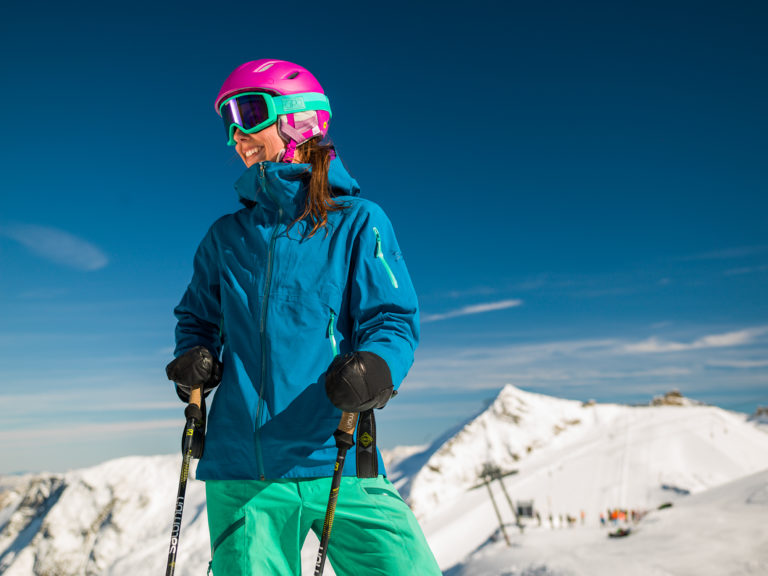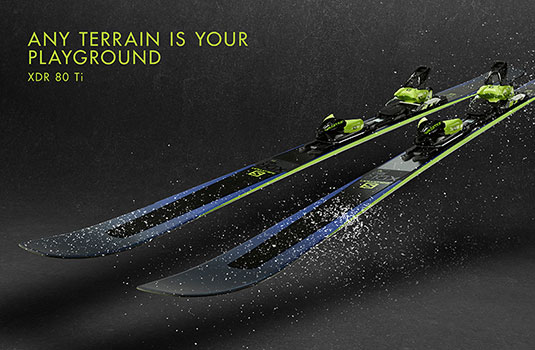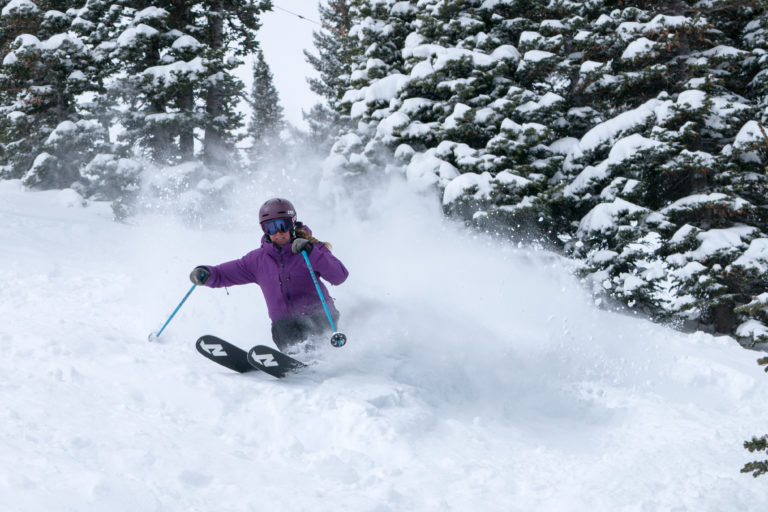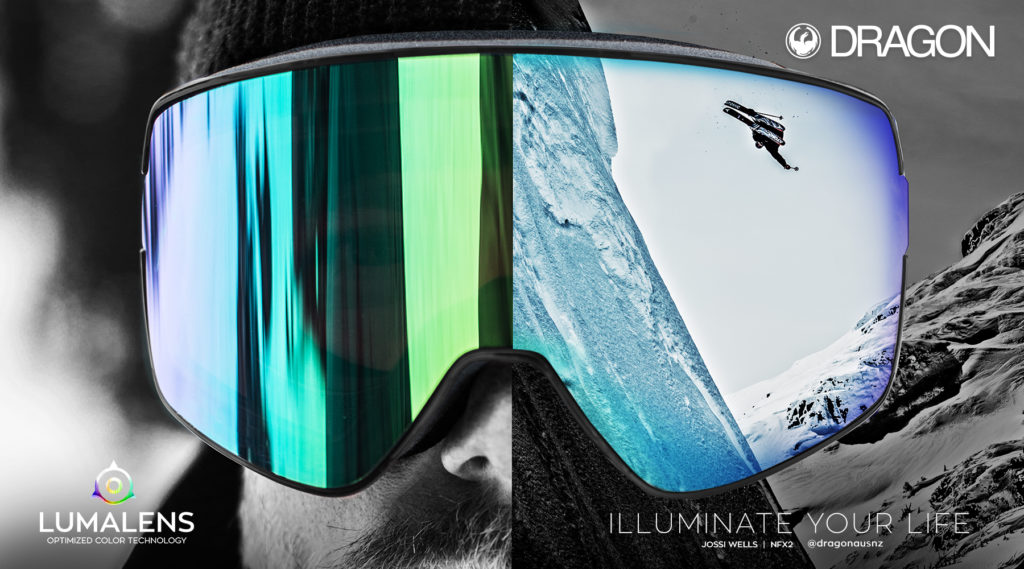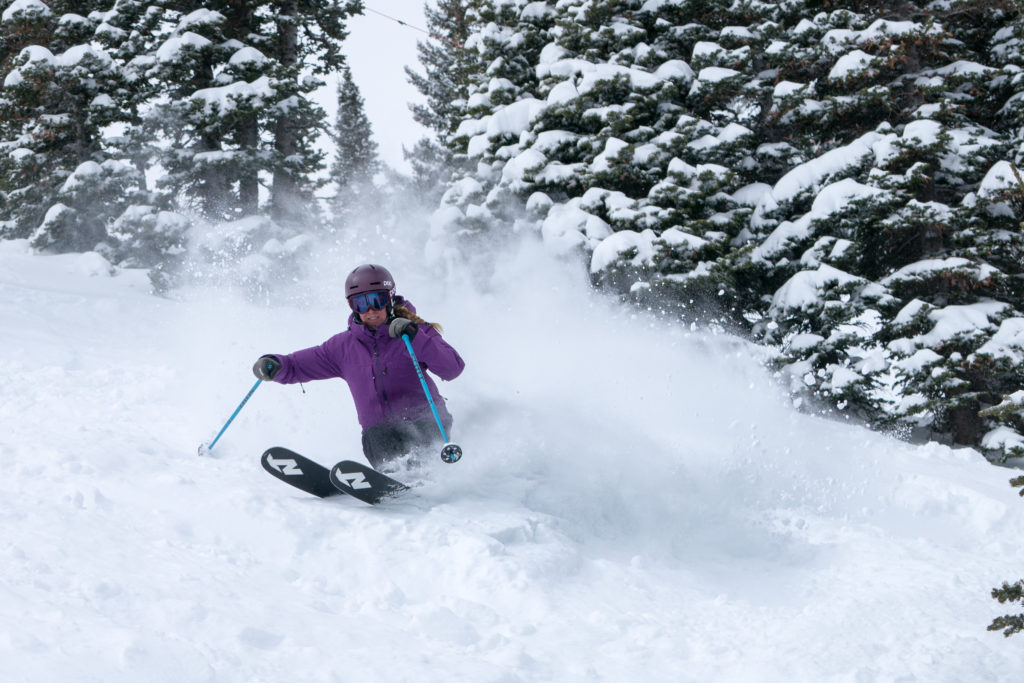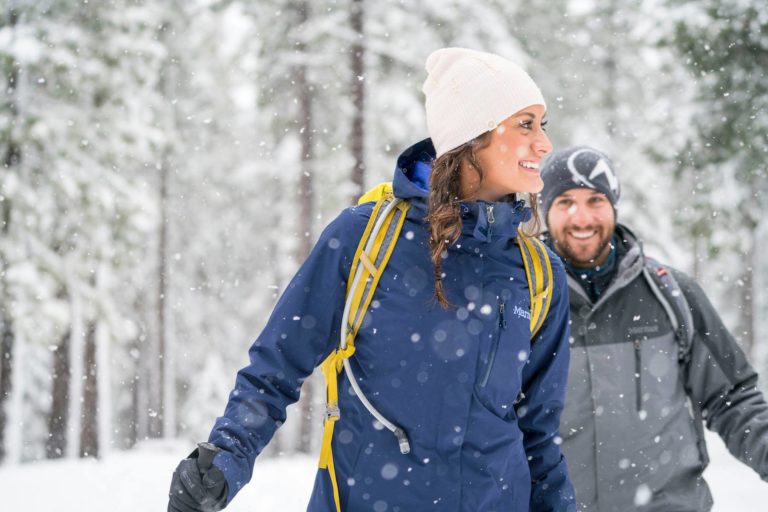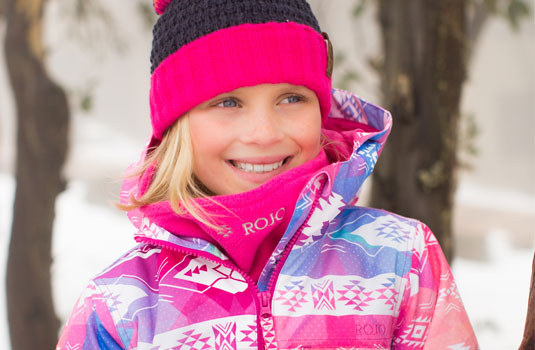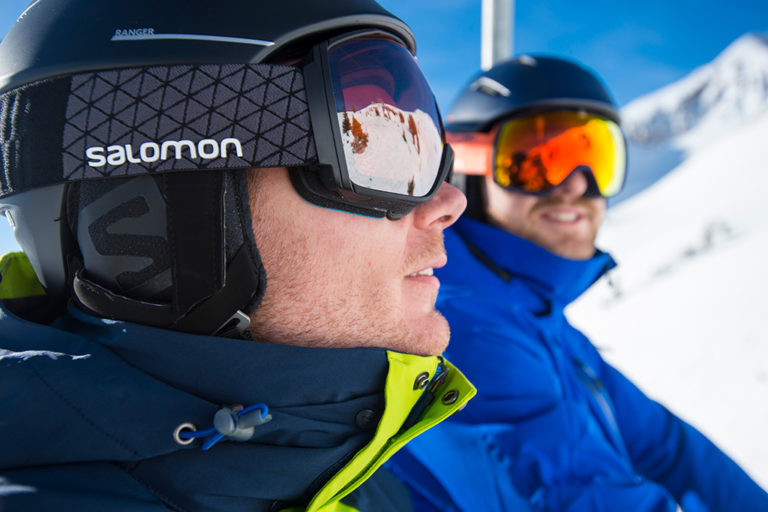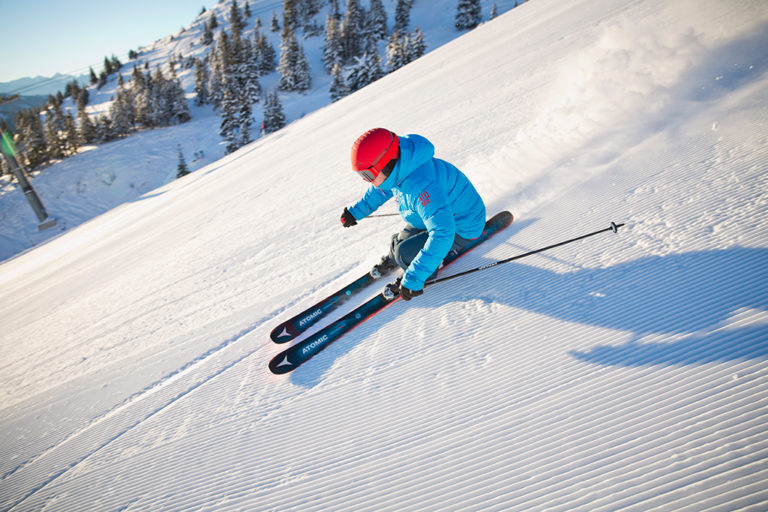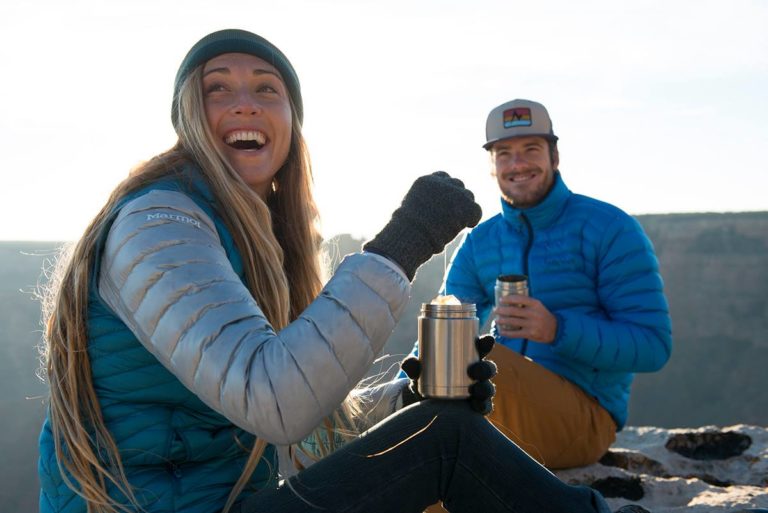The first time going to the snow is daunting if you don’t know what you need. There is a very real threat of hypothermia or worse if you are underprepared. This can be prevented with the right equipment and the right attitude.
The Snow Essentials
If you are going up to throw a few snowballs and slide around on a toboggan, you probably won’t need an $800 GORE-TEX® Jacket, and that money will be better spent getting your basics right. Here are some essential pieces that are the best-valued upgrades for snow play.
Boots are probably the most underrated piece of gear for all people on the mountain. Boots will provide a significant increase in warmth and waterproofing over other shoes. Look for ones with good tread, or even add metal chains to the soles to ensure you don’t end up head over heels.
Gloves
Chances are you’ll have your hands in the snow, especially when you are throwing snowballs with the kids. They might decrease your accuracy a little but you’ll last way longer before needing to go defrost. Look for models with GORE-TEX® and/or Real Leather, both materials are super waterproof and will last an eternity if treated right. Our favourite gloves suggestion in the shop for beginners is XTM, they provide a great product that performs as well as if not better than gloves that are more expensive.
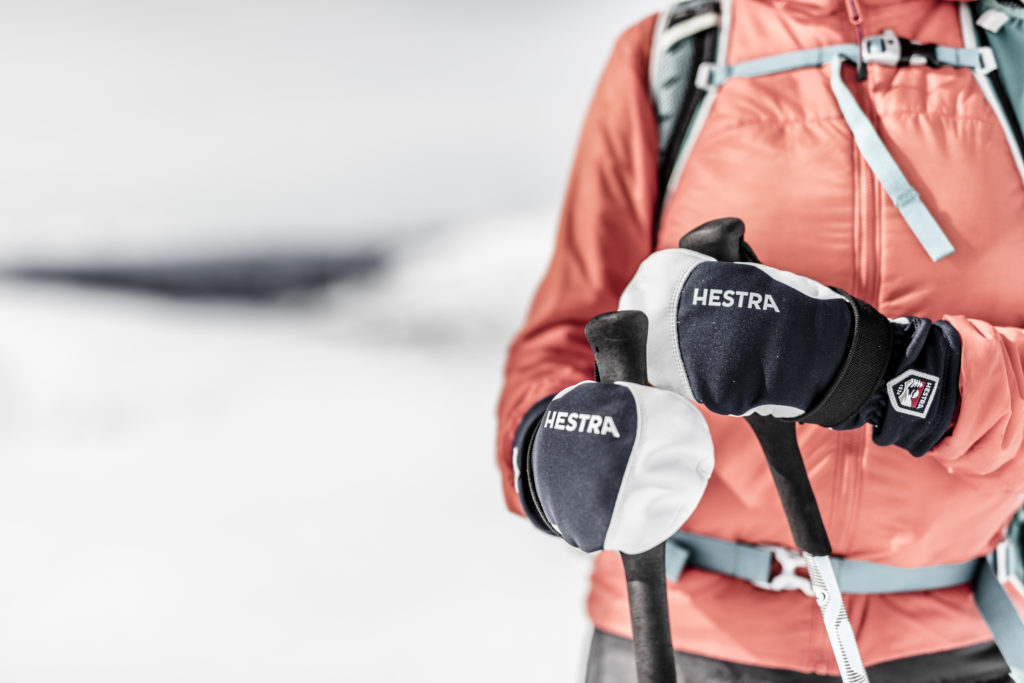
Headwear
When the winds blowing you’ll notice the breeze most noticeably on your head and face. In this scenario, exposed skin is not ideal. Cover as much as you can with a beanie, neckwarmer and/or scarf. Look for materials that will keep you warm even if they are wet, such as wool and bamboo. A thin, fitted wool layer (like the Mons Royale Daily Dose) will keep you warm when your footy scarf fails.
Skiing and Snowboarding Soft goods
To get out and about on the hill you need a couple more pieces of gear in your arsenal, especially if you want to make the most of your $130 day pass no matter the weather.
Outerwear
For Australian conditions, having gear that is waterproof and breathable is essential, whereas, for Japan or Canada, where it regularly gets 20 below, insulation and warmth are the key factors.
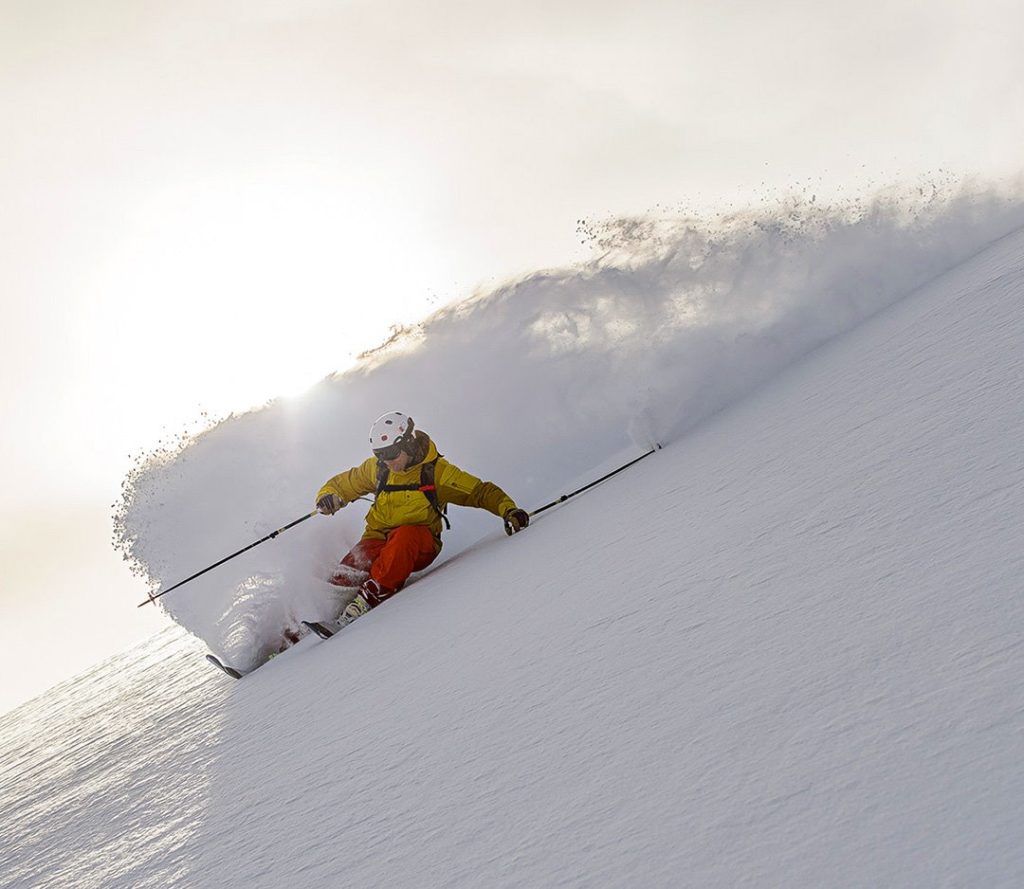
The Waterproof and Breathability ratings are a good place to start when it comes to outerwear. In general, a jacket that has higher ratings will perform better in adverse conditions, although these ratings aren’t the only important factor. If you regularly go out when its raining and want to stay dry, look for 20k/20k or GORE-TEX® models. If you aren’t afraid of the occasional shower and wetter snow showers, 15k/15k will often suffice. If you head for the bar as soon as conditions turn, you really don’t need anything more than 10k/10k.
As a disclaimer, these ratings only apply to the material being used and not how it is joined together. You can still get wet in a 20k/20k jacket if the seaming is poorly done and the DWR finish is worn off. Higher end brands and higher quality jackets will also offer improved features such as DWR coatings, fully sealed seams, waterproof zippers and more. These help the jacket repel the wet and are integral to having a good day out in the weather.
Layering
The key to being warm is choosing the right layers underneath your outerwear. If you have a heavy insulated jacket and pants you won’t need much, but then if its a warmer day, you won’t have the versatility to shed layers. Most people utilise 3 layers, a base layer, a mid layer and an outer layer.
The Base Layer is important for keeping perspiration away from your skin. Any moisture that gets trapped next to your skin will make you cold and ultimately ruin your day. Look for materials that aren’t cotton, Merino Wool is the best, or synthetic alternatives such as Polypropylene also work.
Many people try and utilise Base Layers as warmth providing insulation, but that’s where the Mid Layers come in. These are the key for insulation and warmth, and most do this by providing an air gap between you and the outside cold. The larger this air gap, the warmer you will be.
When it comes to materials, down is the ultimate for warmth, and that is because a small amount of down takes up a large amount of space. However it has one big downside, it really doesn’t like getting wet, and that can be a problem when skiing. Down is known to lose a large amount of its insulation ability when wet. Enter the Synthetics, more versatile and capable when wet, a Synthetic Insulator is often the best solution when it is not absolutely freezing. When searching for a synthetic mid layer, look for technical polyester blends such as Primaloft, Fullrange or a range of others.
Everyone who works at Aussieskier uses a Synthetic Insulator (Patagonia Nano Air) under their ski jacket when skiing in the resort and prefer a Down Jacket for backcountry use when packability is more of a factor.
Helmets
Nowadays, everyone who is sensible has a helmet on. They are obviously safer, but also are warmer and more versatile than other pieces of headwear. New helmets fit well and are appropriate with most goggles, each year we all have more reasons to wear one.
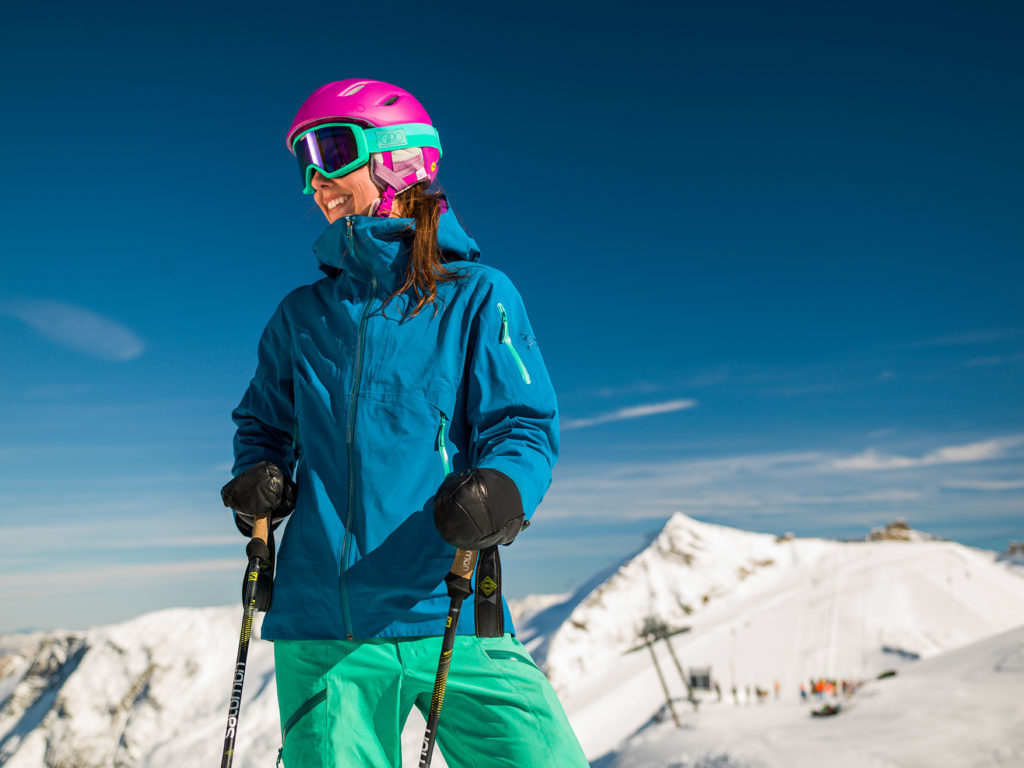
When shopping for a helmet, the most important part is that it fits. A properly fitting helmet is firm but not tight and shouldn’t cause any pain when on. Most good helmets have a form of adjustment that can be used to fine-tune how the helmet sits on your head.
Apart from fit and style, helmets have seen vast improvements in safety technologies. These technologies, including MIPS found in POC, Giro and Anon, and Salomon’s EPS 4D, give the helmets the ability to protect you from glancing or oblique impacts. While this feature may seem like its only for the most extreme of us, you never know when a snowboarder is going to take out the lift line and everyone in it.
Goggles
One of the most important parts of your gear, you won’t be able to ski if you can’t see. When beginners learn to ski, they often forget this critical bit of gear.
Wearing goggles every day you are out on the hill is essential for the protection of your eyes. Sun rays are reflected off the snow and into your eyes from multiple angles. This means even on cloudy days there is enough UV radiation connecting with your eyes and skin to cause extensive damage. Any decent ski goggle offers 100% UV protection, and you can count on any goggles that we stock in that regard.
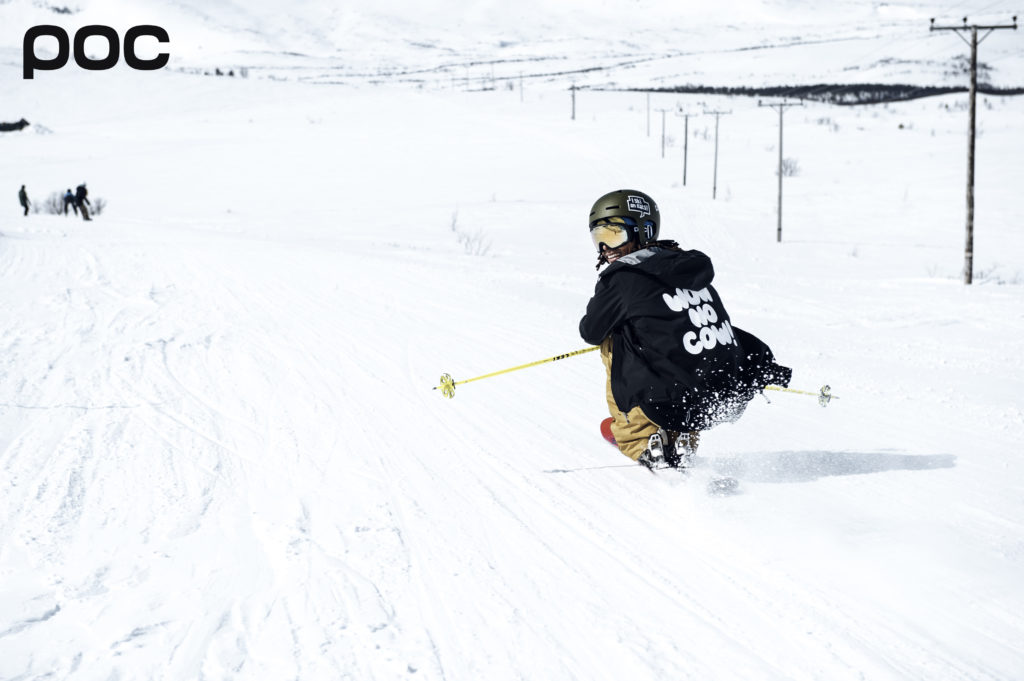
When it comes to lenses, there are three main categories that are separated by how much light the lens lets through. The standard measurement for this is called VLT or Visible Light Transmission, which ranges from 0% (letting through no light) to 100% (not blocking any light).
| Category |
Conditions |
VLT Range |
Typical Colours |
Best Use |
| 1 |
Low Light, Cloudy, Fog |
60-90% |
Yellow, Rose, Light Blue |
Enhancing contrast |
| 2 |
Partly Cloudy, Variable |
30-60% |
Brown, Gold, Mid Blue |
One lens to do it all |
| 3 |
Sunny |
5-30% |
Red, Black, Green, Dark Blue |
Reducing Glare |
Most goggles we sell here at Aussieskier come with 2 lenses to suit different conditions. Some goggles have genius mechanisms that make swapping between lenses fast and easy. Goggles are one of the few pieces of equipment that don’t discriminate on ability. A beginner skier needs to see just as much as an expert, if not more. If you are excited to go out in all conditions, having a lens you can swap easily will allow you to keep your lenses in better condition and won’t leave you blind because it was too much effort to swap.
This guide isn’t even cracking the shell of Hard Goods; Skis, Bindings, Ski Boots and Poles are another can of worms. With these basics, you have the fundamentals to stay comfortable while you are out there in the weather.


